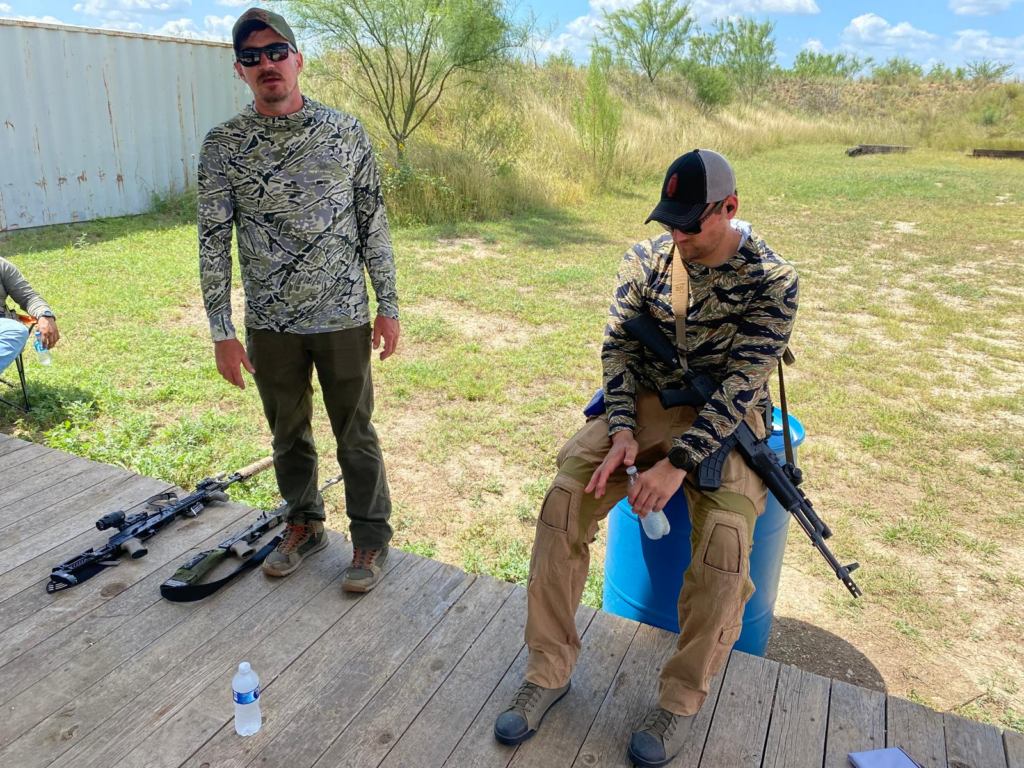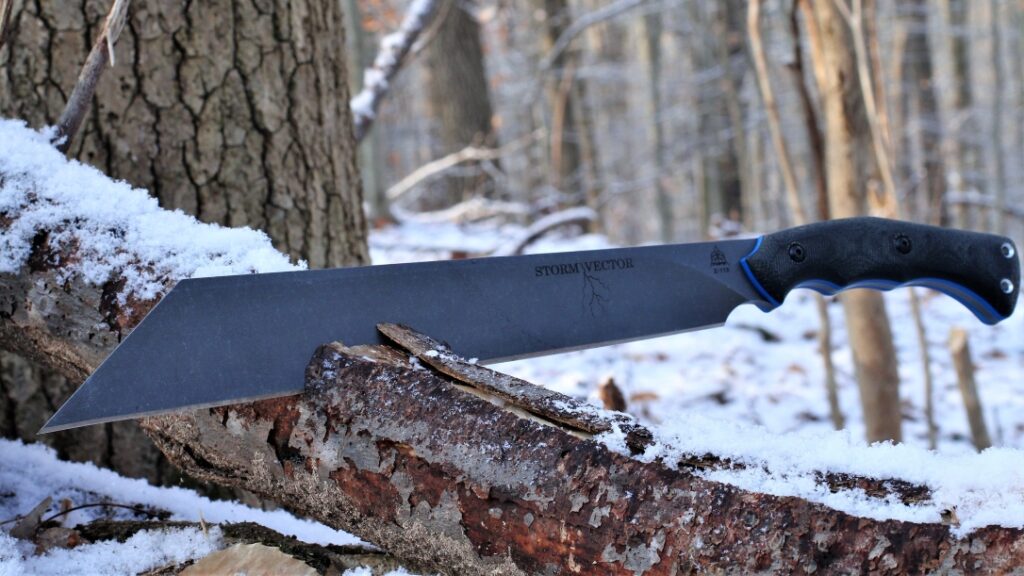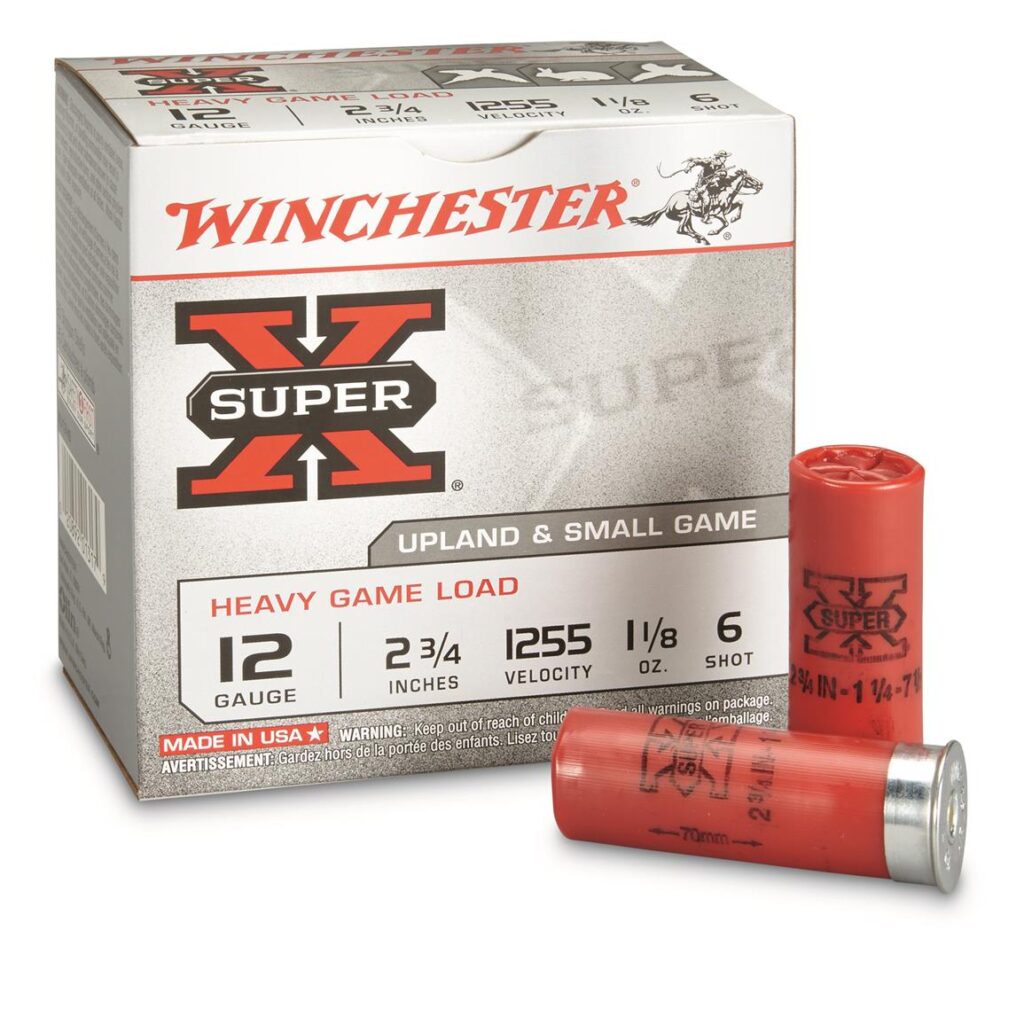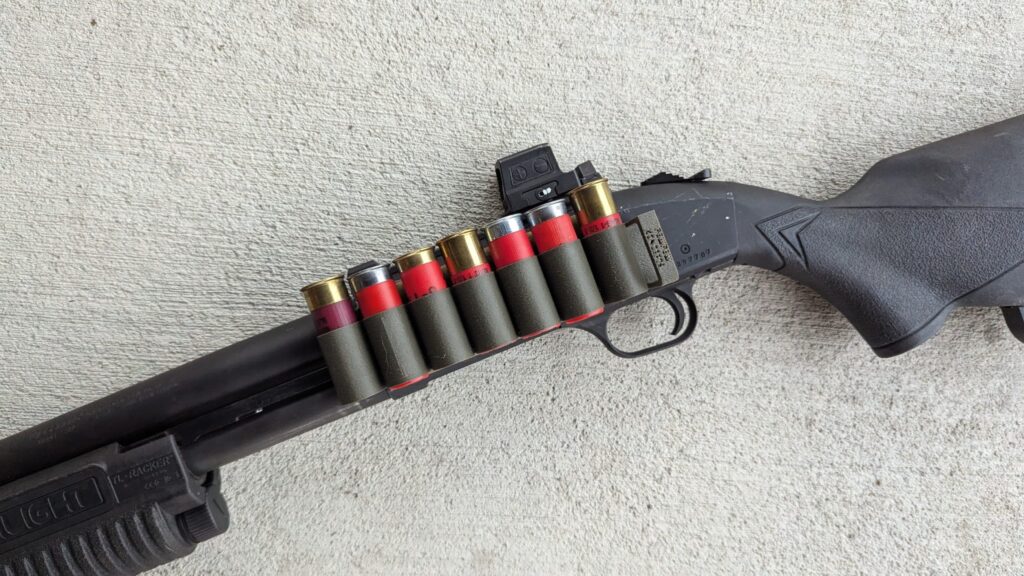This is the third installment of my write-up documenting my experiences attending the Green Ops Defensive Kalashnikov class. Part 3 is about my insights and takeaways from the class. I didn’t intend for it to be another separate post, but there are enough words here, so it’s warranted.
The Kalashnikov In 2024

The AK, all of its variants, and its derivatives still count amongst the most common firearms in existence throughout the world. Even decades after the height of the Cold War. Though they play second fiddle in the category of intermediate caliber carbines here in the United States, AKs have been and continue to be massively popular, too. In fact, although AKs and their ammunition aren’t as cheap as they used to be, I still regularly come across freshly fired AK steel casings at most ranges I visit.
Advertisement — Continue Reading Below
But this doesn’t take away from the fact that the “glory days” of AKs are past us. Any AK from a solid provenance is becoming extremely expensive. In many cases, some of these are also becoming outright collector’s pieces with the prices they command (Chinese Norinco Spikers come to mind).
Feeding the Machine
Nowadays, the price of the common steel-cased 7.62x39mm cartridge has doubled due to factors like inflation and the war in Ukraine. Ammunition from Russia, the single largest source for commercially available 7.62x39mm cartridges, is no longer being imported. More than two years after that war started, many US vendors are finally selling off the last of their ammunition inventories of Russian origin.
While American manufacturers sell AK ammo (like the Hornady American Gunner 123-grain Match HP in the title image), most of it is frankly too cost-prohibitive to use for regular training and practice*. With that said, all of these externalities do not cancel out the here-and-now, and this means that the land of “America’s Rifle” is still the land of the Kalashnikov, too. These weapons and their cartridges are still commonly sold and easily available, higher prices notwithstanding.
Advertisement — Continue Reading Below
Managing Expectations With The Kalashnikov
In Part One of this class review, I mention that instructors McGuire and Dale spent a good amount of time during breaks away from the firing line dispensing verbal knowledge about AKs. I found this very useful, especially because of how they contextualized the rifle.
When I take any class, the context of the gun or topic is one of the most important things I literally desire to take away. And the context of the Defensive Kalashnikov is that overall, it’s a 200-yard gun that’s more accurate than its reputation. That’s just the reality when taking into account the trajectory and usefulness of the 7.62x39mm cartridge and every other aspect of these rifles in general.
Similarly, while the gun’s design leads to incredible reliability (at Dale’s discretion, we only covered malfunction topics verbally for less than two minutes), it’s also not invincible. Anything that gets in the action’s travel path has the potential to cause stoppages, hence the guns having both dust covers and safety levers that “seal” the receiver when not in use.
Advertisement — Continue Reading Below
On the bright side, I learned that one of the beauties of the Kalashnikov is that its design lends itself rather well to dry-fire practice. All the repetitions and manipulations (magazine changes, immediate actions, safety manipulations, etc.) are 1:1, exactly the same as doing them with live ammo on the firing line. This means that students can get a lot of mileage from simply training manipulations in the comfort of their own homes without having to worry about firing any shots.

The Takeaway
As a left-handed shooter, I had some assumptions and notions about what “operating the AK properly” would entail, especially with regard to its safety and the location it sits on the receiver. I imagined it would be painfully slow and cumbersome. Dale showed me the best way to bring the gun into action as a left-handed shooter. After several reps, it’s really not as bad as I assumed, and it honestly makes me feel even better about the viability of the Kalashnikov as a practical and defensive firearm for me.
Advertisement — Continue Reading Below
I’ll admit that as a writer who covers modern firearms and optics, I had been harboring some negative biases about the Kalashnikov and its role today. After all, the first iteration saw the light of day in 1947, and quite frankly, its entire design scheme is based mostly on early 20th-century inputs—”pre-war” technology, if you will.
I’d take an AR-15 over an AK any day, but as a shorter-distance defensive carbine, the AK can still be relevant no matter how clunky or uncouth it seems next to the latest precision AR-15. In short, it’s one thing to watch YouTube or other training videos and documentaries about this gun, but it’s another thing to be on the firing line in person with one’s own finger pulling the trigger and one’s own hand charging the action.
An Enjoyable Change
Attending the Green Ops Defensive Kalashnikov was immensely fun, and this was partially because slinging up and shooting AKs instead of the typical handgun or AR carbine was a nice shift in gears. I already lauded instructor Dale, given his background as a Special Forces Weapons Sergeant and the unique skills and perspective he brings to the table. But it would be unfair if I didn’t mention that Matt McGuire can also hold his own with a Kalashnikov, too. I learned equally from both of them, and it was enjoyable to see everyone in the class improving their AK handling skills in real time as the day progressed.
Advertisement — Continue Reading Below
Finally, this Green Ops course served to bridge the gap between my “book knowledge” about the weapon with actual hands-on experience driving the rifle. Most of my AK experience has honestly involved the casual nature of merely plinking with them or shooting them off a bench at a “standard” shooting range. So shooting one in that tactical bay and working around it, having it slung up against my body, and manipulating it all day long was certainly worth the effort.

** Palmetto State Armory is now loading and selling US-produced steel cased 7.62x39mm and 5.45x39mm. While I’m hopeful, I have yet to find any in stock.
Advertisement — Continue Reading Below















